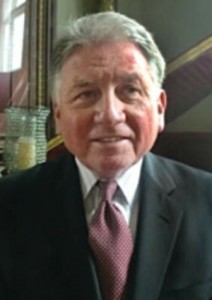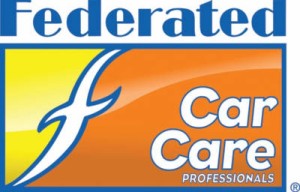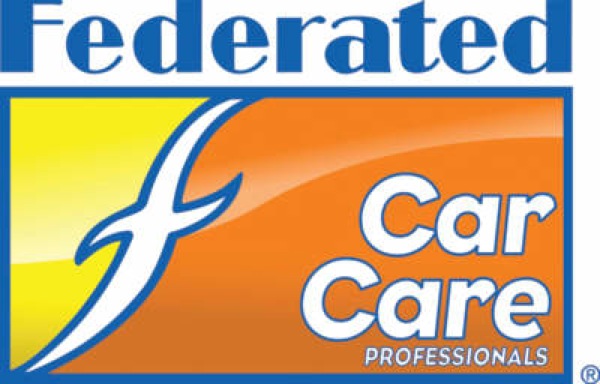 Roy Kent joined the Federated Auto Parts management team in January 2014 as chief strategy officer and president of new business development. An industry veteran, Kent’s vast aftermarket experience includes a long career at Federal-Mogul where he held a variety of positions, most recently serving as vice president of wholesale distribution. At Federated, he oversees a number of key areas including membership development, vendor relations and strategic planning.
Roy Kent joined the Federated Auto Parts management team in January 2014 as chief strategy officer and president of new business development. An industry veteran, Kent’s vast aftermarket experience includes a long career at Federal-Mogul where he held a variety of positions, most recently serving as vice president of wholesale distribution. At Federated, he oversees a number of key areas including membership development, vendor relations and strategic planning.
The Automotive Aftermarket Industry Association recently rebranded itself the Auto Care Association, favoring the phrase “auto care” over “aftermarket.” What are your thoughts on moving away from the term “aftermarket”?
We have always felt that the term “aftermarket” is an industry term that is not well understood by consumers. We use terms such as “Car Care Centers” for our shop partners and always try to communicate in a manner that will maximize understanding and effectiveness. We fully support the new association name and feel that it will definitely add to the understanding of what our industry is all about.
Promoting “auto care” is a natural for our members and we will work to support not only the new name but also the concept of taking care of vehicles. There is no doubt that this is a solid upgrade and one the entire industry should be excited about supporting.
How does Federated get the right mix of parts on the shelf?
Having the right inventory available for our customers is critical. We believe that inventory management is a combination of focus and execution. Our members need as much information as possible on vehicle population, replacement rates, proper pricing, brands, quality levels, national and regional sales and a host of other input. This information is then applied to local markets where individual expertise on area demand and customer needs are added together with supplier input and other distilled data sets so that inventory can be tailored for each market.
 It is definitely not an exact science, but there is more information available today than ever before, providing insight and support for managing hundreds of thousands of items on a daily basis.
It is definitely not an exact science, but there is more information available today than ever before, providing insight and support for managing hundreds of thousands of items on a daily basis.
The aftermarket truly has become a globally reaching industry. How much a part of your group will be represented by stores or warehouses outside the United States?
While we do have members outside the U.S., it has not been a priority focus. Federated exists for the benefit of our customers and our membership. While we may look at global markets, we have not found sufficient advantages to pursue this in a major fashion. If our members see a benefit in increasing the focus outside North America, we will respond to their direction and increase the effort on their behalf.
Do program groups look different today than they did, say 10 years ago? If so, how?
First of all, there are fewer groups and that is a significant change. Those that have survived have found new ways to add value for their membership and their customers. Certainly the last 10 years have provided an opportunity to address new challenges such as exploding inventory proliferation, new retail competitors, consolidation of customers, national accounts, eCommerce and data needs.
 Other issues include new efficiency methods, such as bar coding; direct import; and working capital challenges. Tools have been developed to help us address some of these challenges, and programs, such as our
Other issues include new efficiency methods, such as bar coding; direct import; and working capital challenges. Tools have been developed to help us address some of these challenges, and programs, such as our
Co-Man warehouse and data sharing initiatives, have accelerated in importance.
Program groups are much more involved today with associations like the Auto Care Association and AWDA. These organizations work on our behalf to address such issues as evolving technology and the impact of government policies concerning our industry. The bottom line is that program groups like Federated exist today to help us leverage our collective strength in many areas that were not as significant 10 years ago. If we do our job correctly, there will be many new areas to explore 10 years from now.
Article courtesy of Shop Owner.











